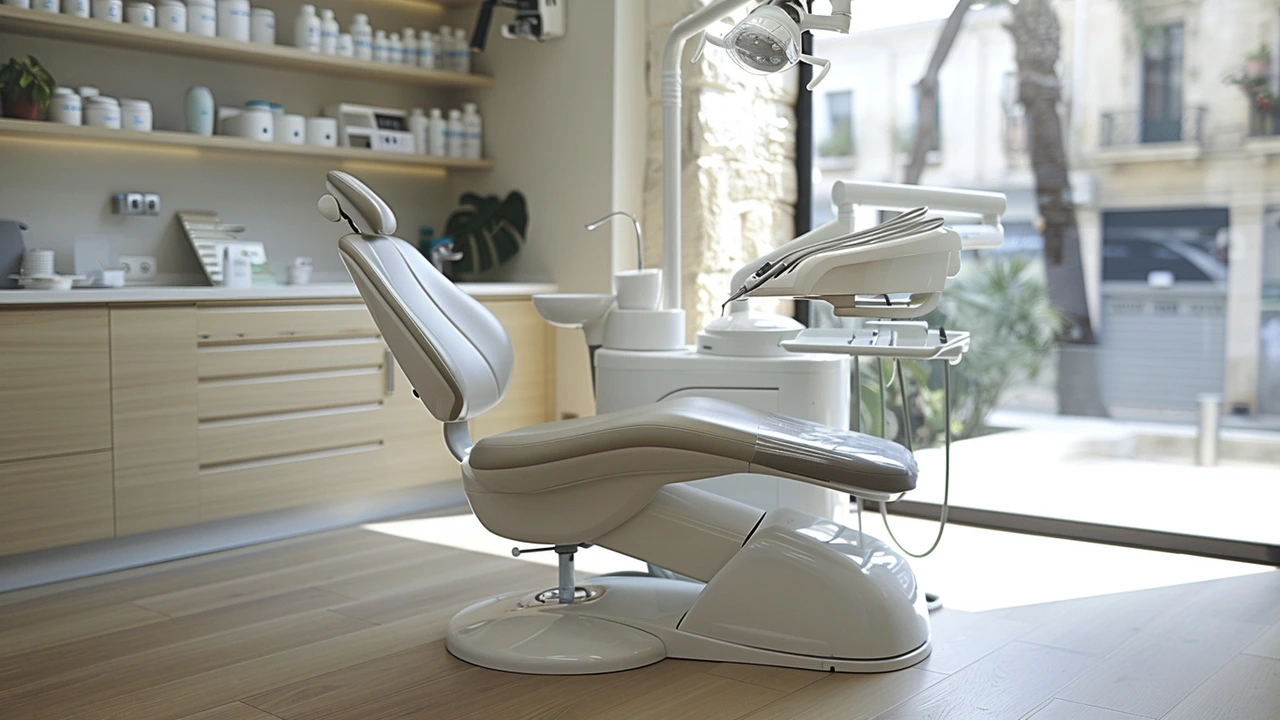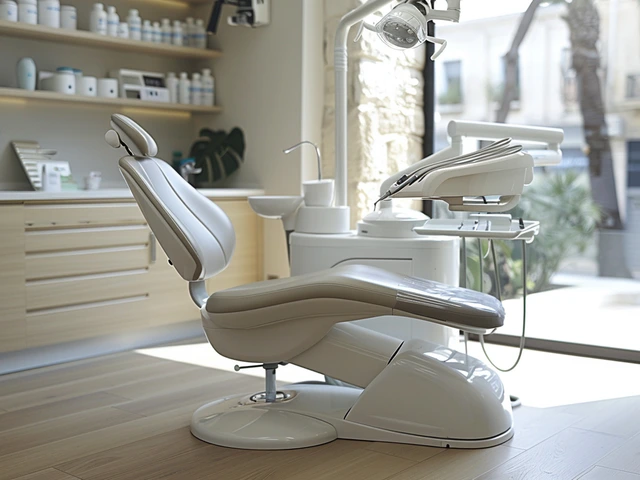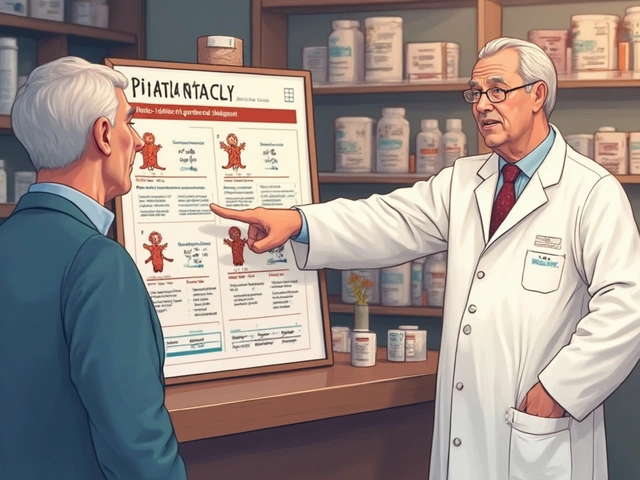Dental prophylaxis: what it means and why it matters
Most people think dental prophylaxis is just a routine cleaning. It is, but it’s also any step—professional or at-home—meant to prevent oral disease and stop infections from spreading. That includes professional scaling and polishing, fluoride treatments, antiseptic rinses, and in select cases a single dose of antibiotics before a dental procedure.
Professional dental cleanings remove plaque and hardened tartar that brushing misses. Regular scaling reduces gum inflammation, lowers bleeding, and slows bone loss around teeth. Fluoride varnish or gel can strengthen enamel and reduce cavities, especially if you have dry mouth, braces, or a history of decay.
Who needs antibiotic prophylaxis?
Not everyone. Antibiotic prophylaxis is reserved for people at high risk of infective endocarditis or who have vulnerable medical conditions. Current guidelines usually recommend it for patients with prosthetic heart valves, prior infective endocarditis, certain complex congenital heart defects, or a heart transplant with valve problems. Your cardiologist and dentist should decide together if you need antibiotics before procedures that manipulate gum tissue or cause bleeding.
Typical antibiotic advice is a single dose of amoxicillin (2 g orally) taken 30–60 minutes before the procedure. For people allergic to penicillin, options include clindamycin (600 mg) or azithromycin/clarithromycin (500 mg). Follow your provider’s exact recommendation—doses and timing matter.
Quick practical tips for everyday prevention
Keep a steady home routine: brush twice a day with fluoride toothpaste, floss daily, and use an interdental brush if space allows. Replace your toothbrush every three months or sooner after illness. If you have dry mouth, sip water often and ask your dentist about saliva substitutes or fluoride trays.
See your dentist regularly—frequency depends on your oral health. Many people do fine with cleanings every six months, but those with gum disease or rapid decay may need more frequent visits. Tell your dentist about medical devices, recent surgeries, antibiotic allergies, and any immune-suppressing medicines you take.
Antibiotic prophylaxis has benefits, but it also has downsides: allergic reactions, stomach upset, and rare but serious complications like C. difficile infection. That’s why it’s only for specific cases. Never take leftover antibiotics or ask for a prescription unless your dentist confirms you meet the criteria.
If you’re unsure whether a planned dental procedure requires special prevention, call your dentist and your doctor. Bring a list of medicines and medical history to appointments. Protecting your mouth often protects the rest of your body—simple actions make a big difference.
Pregnant people should tell their dentist about their pregnancy; routine cleanings are safe and sometimes necessary to control pregnancy gingivitis, but major procedures are usually delayed to the second trimester when possible. People with diabetes need tighter oral care because high blood sugar raises infection risk; controlling glucose helps healing after procedures. If you have dental implants, joint replacements, or immune-suppressing treatments, discuss timing—sometimes doctors advise awaiting a treatment window or delaying elective dental work until health stabilizes. Clear communication between dentist and doctor avoids surprises. Bring notes and contact info for both providers.
8
Dental Prophylaxis Appointment: What to Expect
Dental prophylaxis plays a crucial role in maintaining oral health. This article explores what you can expect during a dental cleaning appointment, from the initial examination to polishing. Understanding this process can help make the experience seamless and stress-free.
Latest Posts
Popular Posts
-
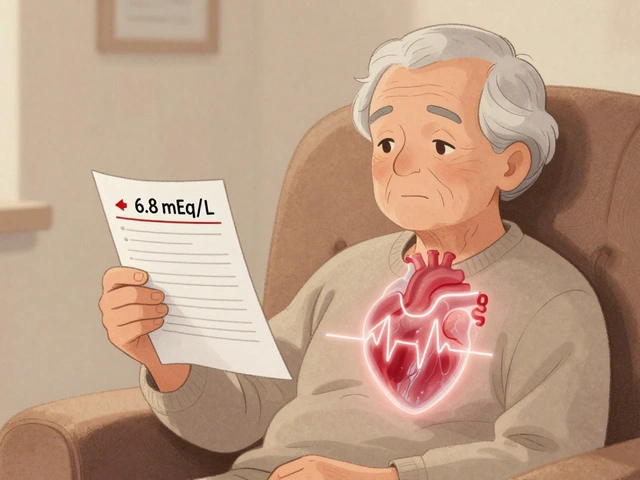 Dangerous Hyperkalemia from Medications: Cardiac Risks and Treatment
Dangerous Hyperkalemia from Medications: Cardiac Risks and Treatment
-
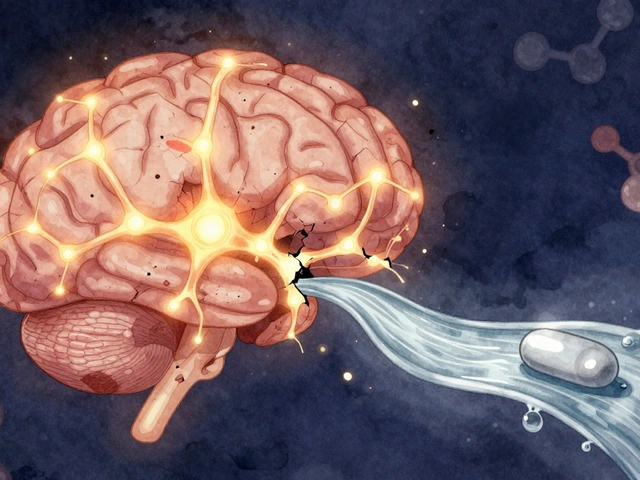 Amyotrophic Lateral Sclerosis: How Riluzole Slows Neurodegeneration and Extends Life
Amyotrophic Lateral Sclerosis: How Riluzole Slows Neurodegeneration and Extends Life
-
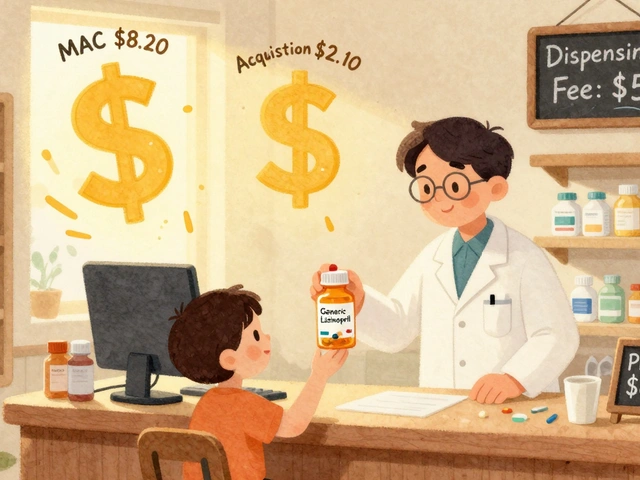 Pharmacy Reimbursement: How Generic Substitution Impacts Pharmacies and Patients Financially
Pharmacy Reimbursement: How Generic Substitution Impacts Pharmacies and Patients Financially
-
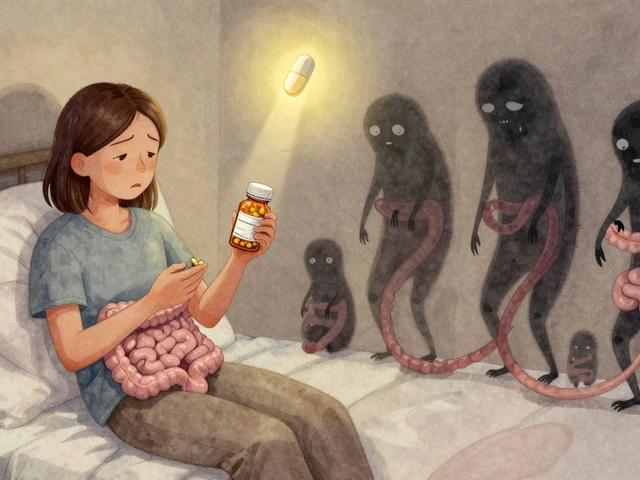 Constipation from Medications: Complete Management Guide
Constipation from Medications: Complete Management Guide
-
 Antipsychotics and Stroke Risk in Seniors with Dementia: What You Need to Know
Antipsychotics and Stroke Risk in Seniors with Dementia: What You Need to Know
